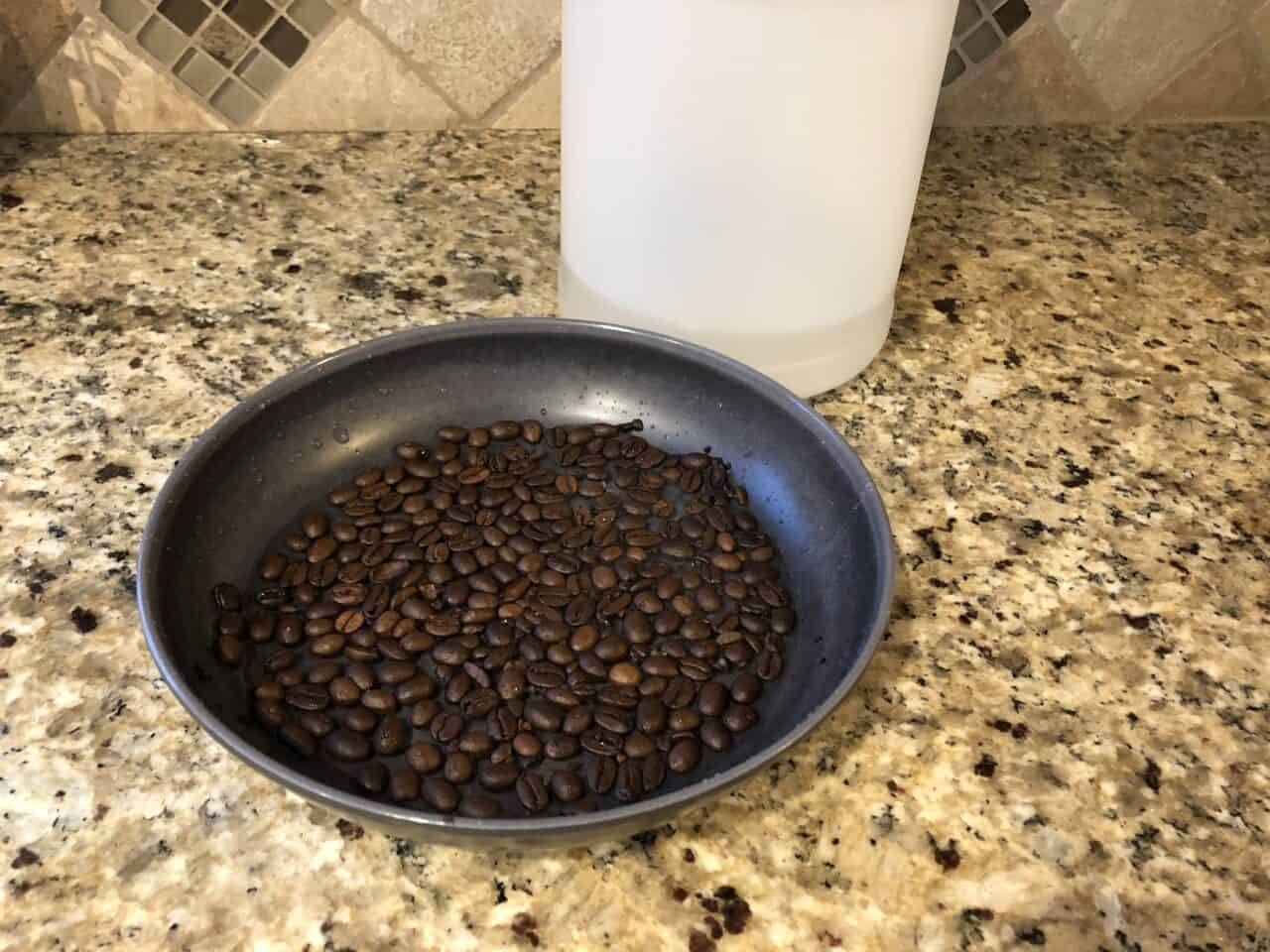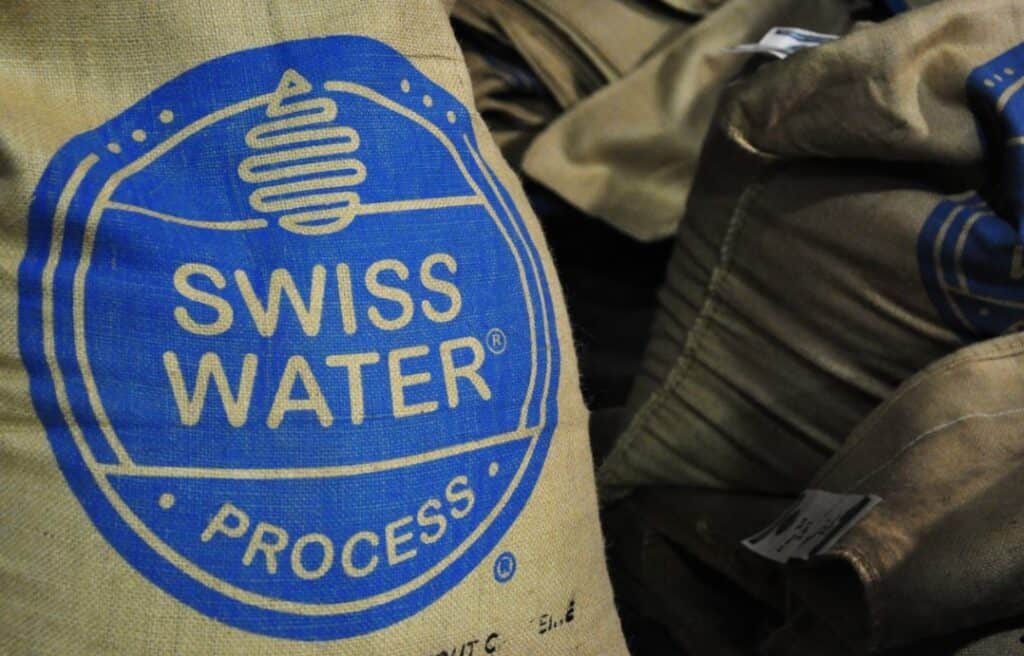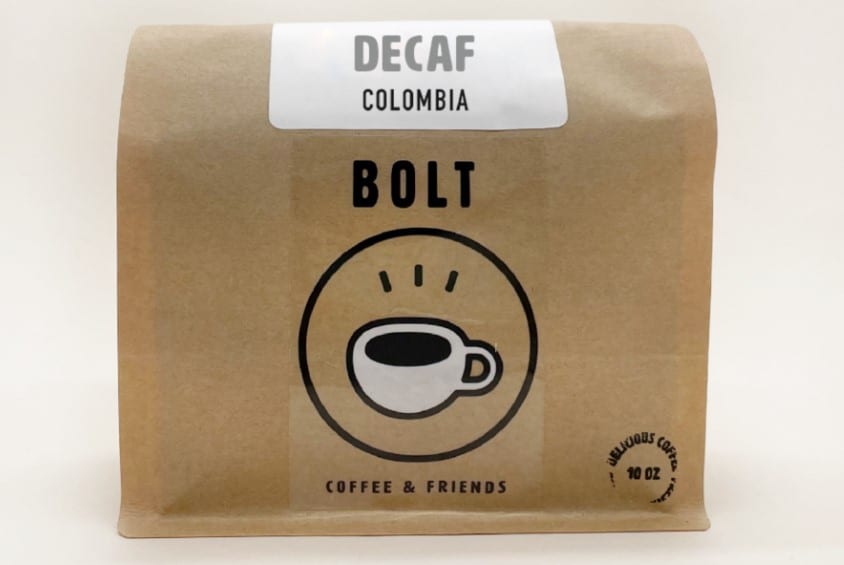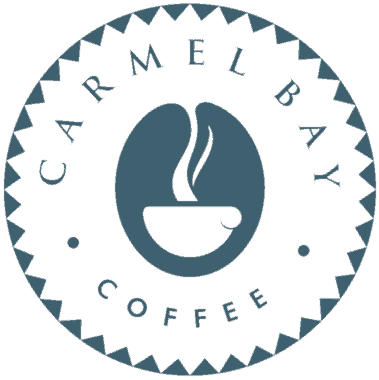The age-old question: how are coffee beans decaffeinated? Does it grow like that? Is there a unique coffee plant that produces only caffeine-free coffee beans? Are there chemicals involved?
How on earth do we separate the caffeine from coffee? I hate to break it to you, but it’s not magic, and it’s certainly not simple. Coffee decaffeination can be done in various ways, starting with a not-so-savory beginning but finishing with a perfectly palatable end!
Decaffeinated coffee requires that the caffeine be extracted from the green coffee beans before roasting. This means that decaffeination happens well before coffee roasters receive the coffee beans and begin their own process of crafting flavors and roasting.
The First Decaffeinated Coffee

The first decaffeinated coffees stemmed from a son’s desire to avenge his father. German coffee trader Ludwig Roselius (darrinscoffee) regarded his father’s death as a result of his coffee habit and decided to quell caffeine addiction by inventing the first decaffeination process, the Roselius Process.
The Roselius Process is similar to the modern decaffeination processes in that it requires a solvent and a solute. In this case, the solvent is benzene, and the solute a simple brine solution of salt and water.
The process required soaking the green coffee in the brine solution before adding the benzene solute, which extracted the caffeine and flavor components from the green coffee, leaving a somewhat flavorless coffee bean.
Benzene has since been discovered to be a human carcinogenic property, and so the process is no longer in use.
The Process Begins – How Coffee Beans Are Decaffeinated

However, decaffeinated coffee still prevails through different methods. Before delving into those methods, we must address the state in which the decaffeinated coffee meets its fate.
Coffee beans, before roasting, are referred to as green coffee. Green coffee is the seed of the coffee fruit from the coffee plant. Coffee that comes as is with its caffeine intact is simply roasted straight from the green as it is harvested and served up fully intact.
For further details on how coffee beans are harvested, check out our article, How Coffee Beans Are Grown and Harvested.
Four Ways to One End?
In today’s coffee industry, there are four significant ways to decaffeinate green coffee; these four processes can be divided into two major categories: solvent-based processes and non-solvent-based processes.
Read on to discover all you need to know (and more!) about each process!
Solvent Based Processes
Solvent processes mean that a chemical is used as a solvent to remove the caffeine while it is being soaked in water.
This method can involve direct or indirect contact with the solvent. Solvents used in these processes tend to dictate the name and characteristics of each solvent-based process.
The two major solvent-based processes are Methylene Chloride Decaffeination and Ethyl Acetate Decaffeination. These processes can be either direct or indirect; this is simply based on how and when the green coffee interacts with the solvent.
Indirect Solvent-Based Processes
Indirect Solvent-Based Processes require the green coffee to be soaked in water just below boiling. Just like with brewing roasted coffee, extracts the flavor, and the caffeine from the green coffee beans. The water is removed, and the green coffee is left without flavor.
The green coffee is then washed repeatedly with the solvent to remove the caffeine from the green beans.
The solvent acts as a magnet, grabbing the caffeine and pulling it out of the green bean. This goes on for a full day!
After the solvent decaffeinates the beans, the flavor-filled water is reintroduced to the green coffee beans and heated gently to evaporate the excess moisture while the green coffee retains the flavor without the caffeine.
Direct Solvent-Based Processes
Direct Solvent-Based Processes do not involve the bean’s soaking, but rather the green coffee is steamed for half an hour or so before introducing the solvent.
The coffee is then washed repeatedly with the solvent for about half a day to remove the caffeine while ignoring the flavor particles. The mixture is then steamed to remove the solvent, leaving behind a flavorful but decaffeinated coffee!
Alternate Decaffeination Methods
Two major methods exist outside of the indirect and direct solvent processes. These two popular methods are the Swiss Water Process Method (an industry favorite) and the Carbon Dioxide Process.
Swiss Water Process

This method is extremely different from the previous two methods discussed as it does not involve any contact, either direct or indirect, with a chemical solvent. Instead, it requires osmosis and the solubility of coffee solids. Now, what does that mean?
The Swiss Water Process is a patented process, and they keep their secrets close to the chest, but here’s what we know! Green coffee beans are soaked in almost boiling water. Similar to the previous method so that the caffeine and flavor are extracted into the water.
The water is then removed and pushed through a series of filters which grabs onto and blocks the caffeine while allowing the flavor to filter through with the water.
The previous beans are then discarded, and a new batch is introduced and goes through the same process of being soaked in near-boiling water. However, this time around, the presence of the previous coffee’s flavor particles blocks the extraction of the new coffee flavors.
This means that the flavors stay intact in this coffee, but the caffeine is removed, leaving us with a delicious and flavorful caffeine-free coffee!
Make sure to check out our article on how coffee beans are flavored!
Carbon Dioxide Process
The Carbon Dioxide Process (zephyrsolutions), or the CO2 Process, is the newest addition to the decaffeination portfolio. Developed by the Max Plank Institute, this process also soaks the beans in water but uses liquid CO2 as the solvent that attaches to the caffeine content.
The process begins with green coffee soaked in water before being placed inside a special extraction tank. The liquid CO2 is then added to the mixture and attaches itself to the caffeine content within the green coffee.
Then, with the caffeine attached to the CO2, the CO2 is extracted from the mixture and container, bringing with it the caffeine.
This leaves behind flavorful, otherwise intact green coffee ready to be dried and roasted!
Is Decaffeinated Coffee Bad for You?

This begs the question: is decaffeinated coffee terrible for you, and does it taste different? Generally speaking, like with any product, the more you know, the better you can choose a quality product.
If you are a decaf drinker or have one in your life, it’s worth researching your favorite roasters to see what methods they use.
While a few of the methods listed above do include chemicals, they are used carefully in small and regulated amounts to keep the product food safe and tasty. If you are still concerned, your best bet is to stick to the last two methods, particularly the Swiss Water Process.
This process is widely used, and more often than not, roasters are proud of it!
In sum, decaffeinated coffee is not bad for you! With the best-practice methods discussed here, you can’t go wrong with a decaffeinated coffee – unless you’re looking for that jolt of energy from caffeine, then you are going to need another cup of coffee.
Does Decaffeinated Coffee Taste Different?

Decaffeinated coffee can certainly taste different, but like with all coffee, it all comes down to quality. The higher the quality, the better the flavor.
Buying locally from your neighborhood roaster can make all the difference. Ask them how the coffee is decaffeinated and where! What flavors they taste in each coffee offering and more.
Swiss Water Process and the Ethyl Acetate Process are well-known for their retention of authentic coffee flavors and are often the favorite methods for the industry. Sticking to these two major processes is a safe bet to get the best decaf on the market.
Why Drink Decaf Coffee?
So what’s all the fuss? Why even bother with decaf? Well, here’s the thing: coffee is for everyone! Sometimes folks need to stop or start eating habits to better their health in one way or another, and unfortunately, coffee can be part of that. Some folks feel caffeine in their body. Others get anxious with too much caffeine.
It affects different people in different ways, and decaffeinated coffee allows everyone to share in the splendor of a delicious coffee cup.
We dig in deep about all the health benefits of coffee in our article, How Coffee Affects Your Body and mind.
Thankfully, decaffeination processes have come a long way. You no longer have to be overly concerned about getting a disappointing decaf or a product made with harmful chemicals.
Decaf coffee is celebrated in the coffee industry as innovative new processes continue to appear and adapt to suit the needs of the coffee community.
The Best Decaffeinated Coffee

Now we can’t leave you with all of that information and no recommendations! We did the research and found our favorite decaffeinated coffees around!
Verve Coffee Roasters Vancouver Swiss Water Process Decaf
With over 150 five-star reviews, the Verve Vancouver Swiss Water Process Decaf blend is at the
top of our list. Described as “candied almonds in a chocolaty background,” this is the perfect
coffee for those who like a sweeter, cozier cup.
Sweet Bloom Coffee Roasters Decaf Colombia
Another delicious option for the more adventurous, fruity coffee drinkers is Sweet Bloom’s
delightful Decaf Colombia. This coffee is decaffeinated using the Ethyl Acetate Process. With
hints of raisin and banana, this coffee is sure to delight the light roast crowd.
Olympia Coffee Decaf Asterisk
Another Ethyl Acetate decaf, the Decaf Asterisk from Olympia Coffee shines through with warm
and decadent flavors of marshmallow, toffee, and chocolate. Definitely, a sweet treat to start or
end your day.
Bolt Coffee Co. Colombia – Decaf
Another Swiss Water Process to round out the list, this Decaf Colombia from Bolt Coffee Company is a classic cup of Joe. Exactly what you want out of a decaf when you’re missing your regular cup
